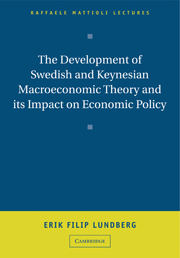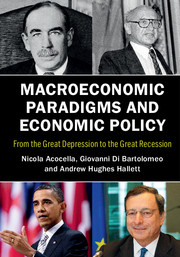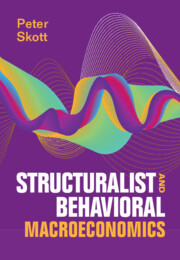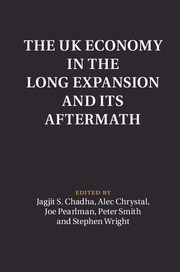The Development of Swedish and Keynesian Macroeconomic Theory and its Impact on Economic Policy
These lectures are concerned with the origins of the distinctive policies of the Stockholm School of Economics, of which Erik Lundberg was a leading member. Lundberg explores the historical development of the Stockholm School and considers its place in the wider Keynesian tradition which dominated macroeconomic thinking in the West from the 1930s till the 1970s. The author examines the failure of Keynesian policies both in Sweden and internationally, and offers some tantalising and provocative remedies for future policy-makers to ponder.
- Lectures by Eric Lundberg, a leading member of the Stockholm School of Economics
- Examines the origins and policies of the famous Stockholm School of Economics
- Illustrates the failure of Keynesian policies in Sweden and internationally, and offers some provocative remedies for future policy makers
Reviews & endorsements
After applying rigorous statistical and analytical methods, Vreeland arrives at some significant, and for the IMF, sobering conclusions … Vreeland raises new questions that have important policy implications. He lays out new avenues of research and concludes with some suggestions for IMF reform.' Development Policy Review
Product details
June 2010Paperback
9780521142632
224 pages
244 × 170 × 12 mm
0.37kg
Available
Table of Contents
- Editorial foreword
- First Lecture: The Theories of the Older Generation Economist. Policy Applications in the 1920s:
- 1. Introduction
- 2. The first Postwar crisis (1918–24)
- 3. The analysis of Swedish economists
- 4. The debate on economic policies
- 5. The suggested instruments of economic policy
- Second Lecture: The Stockholm School and Keynes. The Experience of the 1930s:
- 6. The birth of the Stockholm school
- 7. The Swedish economy in the 1930s
- 8. General features of the Stockholm school approach to economic policy
- 9. The theories of the Stockholm school and their policy implications
- 10. The disequilibrium approach of the Stockholm school
- 11. Further differences between the approaches of Keynes and the Stockholm school
- Third Lecture: Postwar Policy Issues and Policy Theories before the 1970s:
- 12. Evolution of the policy environment
- 13. Old traditions and innovations in policy analysis
- 14. Gunnar Myrdal's contribution and his opponents
- 15. Inflationary gap theories
- 16. The Rehn–Meidner model and the selective fiscal policy
- Fourth Lecture: The Disequilibria of the 1970s and the Need for New Policy Theories:
- 17. The imbalance of the Swedish economy:
- 1974–81
- 18. The deficiency of policy models
- 19. New policy condition
- 20. The failure of Keynesian policies
- 21. Structural problems and supply-side economics
- 22. The debate about the size of the public sector
- 23. The need for demand and supply policies
- 24. Supply-side policies, efficiency and equity considerations
- 25. Concluding remarks on the role of economists
- Discussion
- Comments
- Biography
- Bibliography
- Index.






